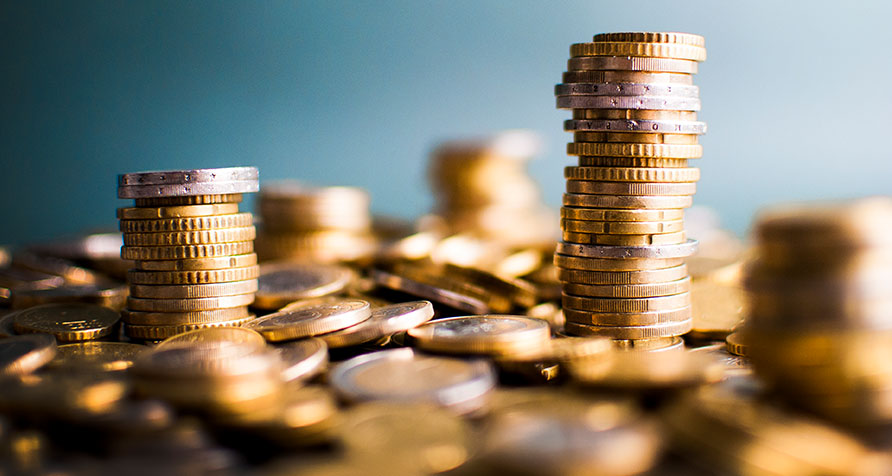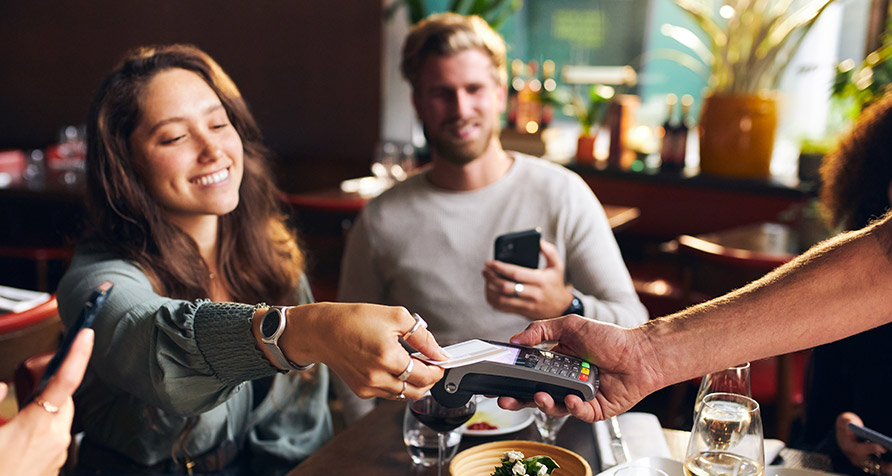










Financial Wellbeing What are the chances?
by: Pria Masson - Mon, 12 May 2025
Business consultant Pria Masson explores how the often-overlooked mathematical concept of probability shapes our financial decisions, from everyday purchases to complex investments, encouraging more mindful, strategic approaches to money.
While studying maths in school, I used to think much of it was irrelevant – algebra, geometry, statistics – when would I ever use them? The one topic, however, that has proven its worth time and again is probability. The numbers behind the ‘chance’ of an occurrence. If there is a single mathematical concept that finds application in your financial decisions (besides basic arithmetic), it is probability. It feeds into ideas of risk and reward and, with that, helps you budget, invest and spend. Let’s dive in.
Understanding Emotional Spending
Think of the last big purchase you made when you felt you need to buy that dress, those shoes, that bag or that car. Often, these purchases are made to help us feel good. Equally often, they are made so we don’t feel left out – or rather, to increase the chances that we’ll fit in, be accepted into an implicit group, or avoid being excluded from it. Where does probability come in? If you dissect the rationale, it’s likely you will see that there are multiple factors at play to determine your acceptance into any sort of club. These objects are just one of them. If you already have other factors working in your favour, you don’t need the objects. Understanding this gives you the power to make a mindful decision about why you are doing what you are doing. The exception to this is – “I feel like buying it, I can afford it, I like it, I will buy it”.
Probability and Complex Decisions
Now consider a more complex decision, like whether to buy an insurance product. What is being sold to you is a product that protects you against the chance (probability) of an unpleasant event. Higher the probability, higher the risk for the insurance company, higher is the premium you need to pay. The insurance company makes sure you pay them enough to keep the risk-reward balance in their favour.

How Probability Shapes Investments
This idea of probability is literally all over your financial decisions. Investments of any sort are based on the probability of a given occurrence. Every investment decision is a roll of dice around minimising risk and maximising reward. The risk is nothing but the probability of a negative occurrence. It’s different than just giving into a trend. It requires considering the many factors at play and deciding which factor, to your mind, has the largest role to play. And you will roll the dice based on that.
Applying Probability in Real Life
So how do you really implement knowledge of probability? You learn to prioritise based on how likely something is. You learn to shut down that anxious voice that wants absolutely no risk. You take your chances that the good things will happen, given reasonable circumstances. Pareto gave us the 80:20 rule and showed that 20 percent of your actions create 80 percent of the impact. Probability helps you figure out which 20 percent to focus on – because the likelihood of that portion having an effect is the highest. Beyond that, roll the dice and play your odds.
Pria is an experienced business consultant who works as a business coach and advisor helping clients improve their relationship with money. She also helps with strategy, business plans and idea assessments.
@guide_my_idea
www.priamasson.com











